Category: Buried Treasure
Designed by Richard Morrison in 1810, Ballyheigue Castle was a grand mansion and home of the Crosbie family. Now mostly a shell, surrounded by a golf course which opened in 1996. It ha been burned down twice, once by accident in 1840 and again on 27th May 1921 as part of the troubles and the destruction of buildings linked to British Imperialism.
There is nothing now standing of Sykes Lumb Farm though it probably stood near to the present day Sykes Holt. The farm dated back to the the War of the Roses (1455 – 1485) and gained a reputation for being haunted by a boggart that guarded over a hidden treasure. The story has been published several times.
There are several buildings known as Hulme Hall including one in Allostock, a Grammar School in Cheadle Hulme and a hall of residence for Manchester University. However, the long lost Hulme Hall which was the seat of the Prestwich family is thought to have a hidden treasure protected by occult powers.
The 17th century Bearnshaw Tower (or Bernshaw Tower) is said to have collapsed in the 1860’s when its foundations were dug away by people hunting for hidden treasure. This pele tower though is best known for its association with a witch, Lady Sybil, who’s story below appeared in ‘Lancashire Legends’ (1873) by John Harland & T T Wilkinson.
Castle Hill (Castle Mound or Military Parade) is the remains of Thetford’s second castle, a 12th century motte and bailey castle which replaced the towns earlier 11th century Red Castle.
There are two stories associated with this conical hill just off the road between Stratford and Alcester known as the Devil’s Bag of Nuts and Alcock’s Arbour. One 21 September which is the known as the Devil’s Nutting Day, Satan was collecting nuts when he was surprised by the Virgin Mary.
The Bodewryd standing stone is approximately between eleven and twelve feet tall, and stands alone in a field on the Plas Bodewryd Estate. It is also known as Carreglefn (Smooth Stone), and as Maen Pres (Brass Stone).
These are two giant standing stones, probably two of the tallest in Wales, standing thirteen feet and ten feet tall. They are situated in a field, and actually form part of the field boundary. The stones were recorded as being part of a stone circle the 17th Century, but the circle was allegedly demolished in 19th Century, by locals looking for buried treasure.
To the North of Pwllheli, between the main road from Llanaelhaearn to Llithfaen, and the coast, are three peaks known as ‘the Rivals’ in English and ‘Yr Eifl’ in Welsh. Upon the eastern peak is an Iron Age hill fort called Tre’r Ceiri which is regarded by many as the most important prehistoric town in North Wales if not the whole of Europe.
On a popular walking route for ramblers and hikers, from Cwm Bychan through Bwlch Tyddiad and around Rhinog Fawr, you will encounter the Roman Steps. These steps made in the hills are commonly said to have been constructed by the Romans to facilitate the ascent and descent of their sentries to and from the pass of Bwlch Tyddiad (1,294 ft and 7.5 miles out of Llanbedr).

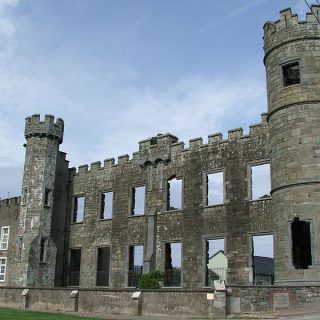
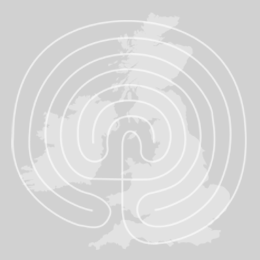
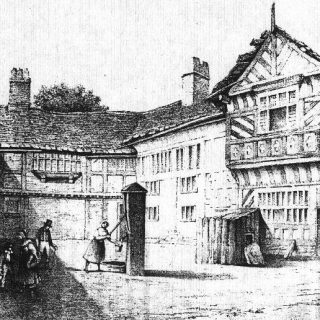

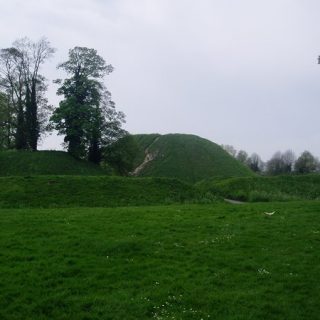
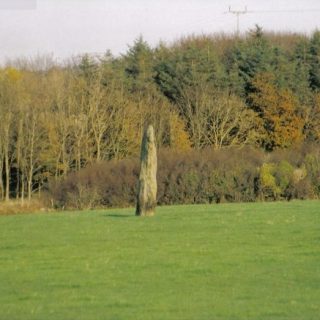
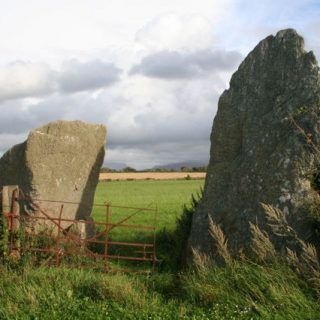
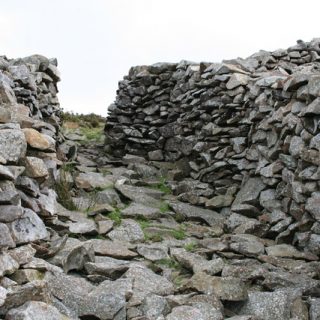
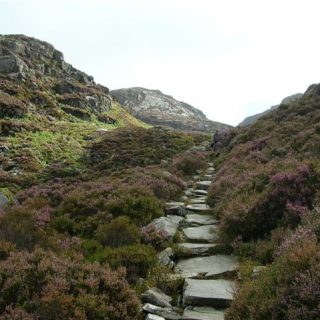
Recent Comments